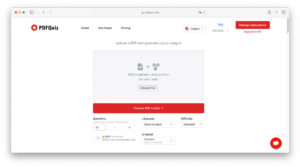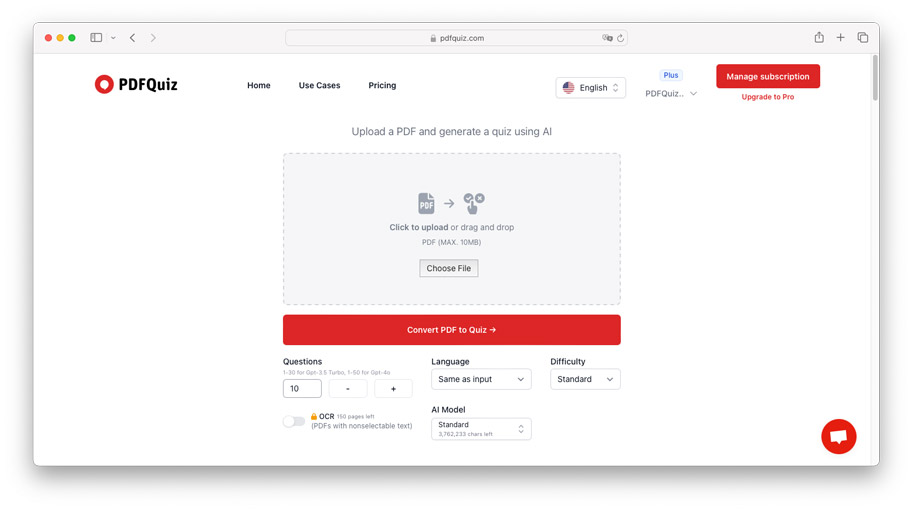Introduction to 401(k) Retirement Plans
Making retirement plans is essential to ensuring future financial stability. A 401(k) plan is one such vehicle that offers significant advantages to employees. A basic understanding of 401(k) plan will enable you to make well-informed retirement decisions. For instance, did you know you can deduct retirement expenses from your pay before taxes are deducted when using a 401(k) plan? This lowers your taxable income and permits tax-deferred savings growth, whereby contributions and gains are only subject to taxation upon withdrawal. This can make a substantial difference in the amount you have at retirement.
In addition, many companies provide matching contributions, giving you free money for your retirement savings by adding extra money to your 401(k) based on your investments. The funds in your 401(k) are available for investment in a range of assets, such as stocks, bonds, and mutual funds; it makes it possible for you to put together a varied portfolio that fits your risk tolerance and financial goals. It’s essential to know the contribution limits set by the IRS, which can change annually, to maximize your retirement savings. Additionally, understanding the rules for withdrawing funds, such as required minimum distributions (RMDs) starting at age 72, is crucial to avoid potential penalties. Making the most of a 401(k) plan’s features and benefits can be an effective instrument for establishing a sizable retirement fund.
How 401(k) Plans Work
Many firms provide retirement savings plans with tax incentives for savers, known as 401(k) plans. Employees can save and invest a piece of their paycheck before paying taxes. Taxes are only not paid once the money is withdrawn from the account. This deferred tax makes a 401(k) plan appealing for long-term savings, as the untaxed contributions can grow significantly over time. Its beauty lies in how easy and efficient automatic payroll deductions are; they enable consistent investment without forcing the worker to take any action during each pay period.
Many employers also offer matching contributions, which match a portion of the employee’s contributions, effectively providing free money to boost retirement savings. Employees’ 401(k) plans usually include a variety of investment alternatives, including bonds, equities, and mutual funds, enabling them to build a diverse portfolio. The plan consists of vesting schedules that dictate how long an employee must work for the company before they fully own the employer’s matching contributions. Due to penalties and taxes associated with early withdrawals from a 401(k) plan, participants are incentivized to save for retirement instead of immediate necessities. However, there are exceptions for certain circumstances, such as financial hardship or purchasing a first home, where penalties may be waived.
Maximizing Your 401(k) Contributions
Maximizing your 401(k) contributions is essential to ensure a comfortable retirement. Contributing to it, at least to the employer match, is advisable to take full advantage of the benefits. Keeping track of the IRS annual limits on contributions can help maximize your savings. Contributing the maximum allowed can drastically improve your retirement savings over time. In addition, making 401(k) contributions lowers your annual taxable income, which lowers your tax responsibilities and promotes long-term wealth growth.
Another strategy is to gradually increase your contribution rate, such as by 1% each year, making adjusting to the reduced take-home pay easier. Diversifying your investments within your 401(k) can also help manage risk and optimize returns, ensuring a balanced approach to growth. Regularly reviewing and adjusting your investment choices in response to market conditions and your retirement timeline is crucial for staying on track. Additionally, taking advantage of catch-up contributions if you are 50 or older can further boost your retirement savings. Lastly, seeking advice from a financial advisor can provide personalized strategies to maximize your 401(k) benefits and align them with your retirement goals.
Advantages of Early 401(k) Enrollment
Enrolling in a 401(k) plan early in your career can yield substantial financial benefits. The earlier you start, the more you can use compound growth. For instance, someone who starts saving at age 25 will accumulate significantly more by retirement age than someone who starts at 35, even if they contribute the same amount annually. Early enrollment ensures that you maximize your growth potential over a more extended period, tapping into the force known as “time in the market,” which is critical for long-term growth. Thanks to compound interest, young savers should realize that even small contributions can snowball significantly over decades.
How to Choose the Right 401(k) Plan
Choosing the appropriate 401(k) plan involves considering fees, investment options, and employer contributions. A well-chosen plan can significantly impact long-term savings outcomes. For example, some plans offer a variety of investment choices ranging from conservative to aggressive, allowing you to tailor your investments according to your risk tolerance and retirement goals. Evaluating the quality and performance of the funds available within the plan is essential, as higher fees can erode your returns over time. Use tools such as the fund’s historical performance, standard deviation, and matching contributions to make an informed choice.
Conclusion and Final Thoughts
Understanding and optimizing your 401(k) plan is vital for securing your financial future. Maximizing contributions, avoiding common misconceptions, and choosing the right strategy can ensure a comfortable and well-funded retirement.
Additionally, regularly reviewing and adjusting your investment choices within your 401(k) can help align your portfolio with your retirement goals and risk tolerance. Taking advantage of employer matching contributions is essential, as it can significantly enhance your retirement savings. Consulting with a financial advisor can provide personalized guidance and strategies tailored to your circumstances. Staying informed about retirement plan regulations and benefits changes can also help you make more informed decisions. Ultimately, a proactive and informed approach to managing your 401(k) will contribute to achieving a secure and prosperous retirement.









